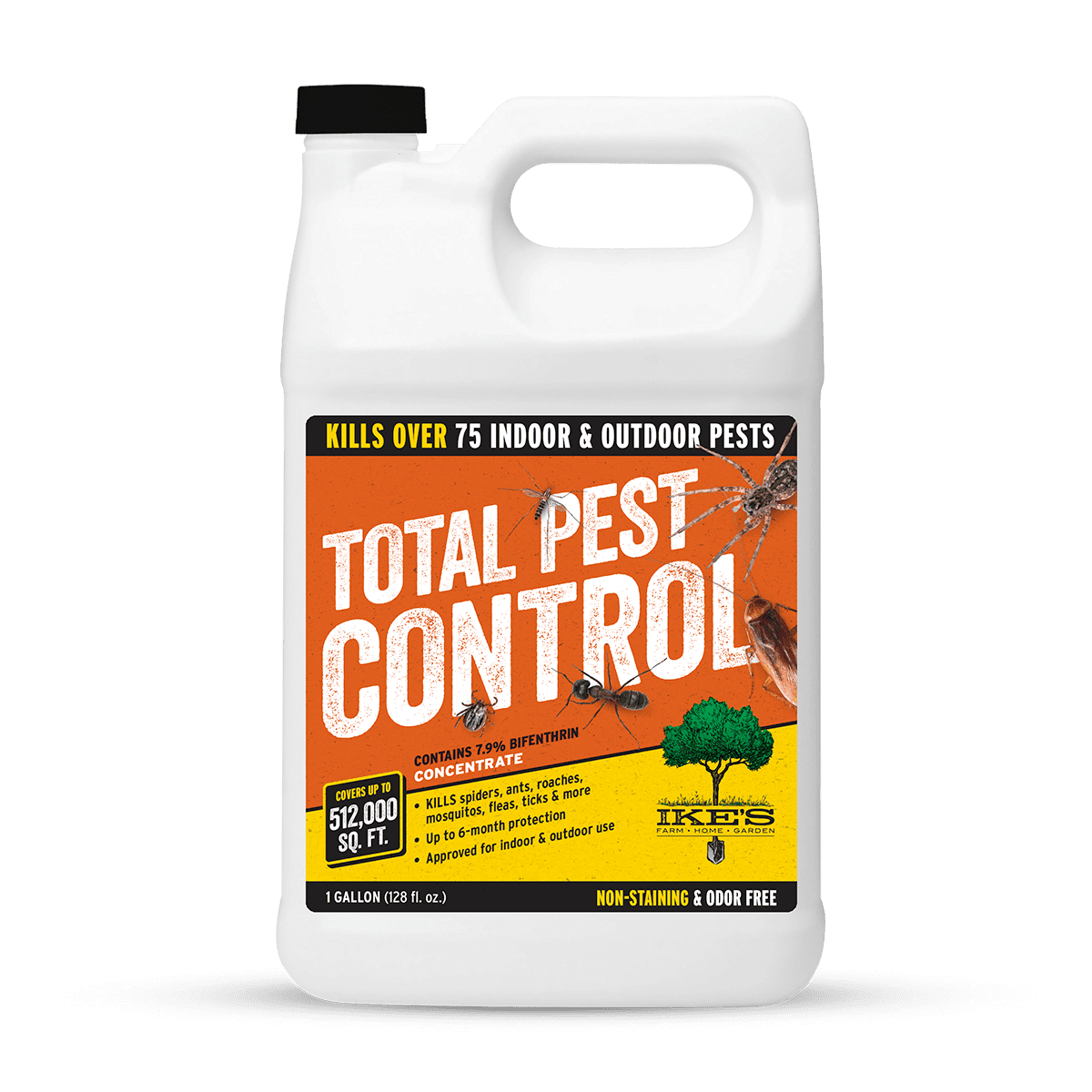A1 Charlotte Pest Control Companies - Your Local Pest Professionals
Wiki Article
Bed Insect Therapy Malfunction: Contrasting Chemical Vs. Non-Chemical Solutions
In the realm of pest control, particularly when dealing with the consistent concern of bed bugs, the selection in between chemical and non-chemical treatment services can be a critical one. Both approaches supply unique benefits and disadvantages, influencing variables such as performance, safety and security considerations, and total price. By analyzing the nuanced details of each method, a more clear understanding of which course to seek in dealing with a bed bug problem can be achieved.Efficiency of Chemical Treatments
Chemical therapies for bed bug invasions have been commonly acknowledged for their quick and potent effectiveness in getting rid of these pests. When considering the effectiveness of chemical treatments, it is important to comprehend that they can give a fast and extensive service to a bed insect trouble. Professional exterminators commonly depend on insecticides to target bed insects at various stages of their life process, consisting of nymphs, eggs, and grownups. These chemicals normally work by interfering with the bed bugs' nerves, leading to paralysis and eventual fatality.Moreover, chemical therapies have the advantage of using recurring effects, implying that they can remain to eliminate bed pests even after the first application. This residual activity is particularly advantageous in combating any type of potential re-infestations. In addition, the rapid action of chemical therapies can bring alleviation to people dealing with extreme bed bug problems, enabling them to regain control of their living areas promptly.
Safety And Security Worry About Chemical Solutions
One essential element that requires mindful consideration when utilizing chemical services for bed bug therapy is making certain the safety of owners and the setting. Direct exposure to certain chemicals made use of in bed bug therapies can lead to respiratory issues, skin inflammation, or various other unfavorable reactions, especially in individuals with pre-existing problems or sensitivities.Additionally, the ecological impact of chemical remedies is an additional significant factor to consider. Some chemicals used in bed insect therapies might be dangerous to helpful insects, wildlife, and ecological communities if they leach right into the soil or water supply. It is essential to utilize chemical therapies judiciously, complying with safety and security standards, and considering less poisonous options to alleviate these risks and guarantee the efficient and risk-free monitoring of bed insect infestations.
Benefits of Non-Chemical Techniques
Considering the possible security concerns and environmental impact linked with chemical services for bed bug therapy, checking find here out non-chemical methods provides a promising choice with several distinct advantages. Non-chemical treatments are environmentally pleasant, as they do not contribute to air or water air pollution, making them a sustainable selection for insect control.Additionally, non-chemical options can be reliable in targeting bed bugs, including hard-to-reach areas where chemical therapies might not penetrate - A1 pest control services charlotte. Methods such as heat treatment, vacuuming, heavy steam cleaning, and bed mattress coverings offer comprehensive elimination without the usage of unsafe chemicals.
Limitations of Non-Chemical Treatments

Additionally, non-chemical treatments usually need multiple applications to achieve successful obliteration. This can be time-consuming and may not constantly guarantee total removal of all bed insects and their eggs, specifically in hard-to-reach or hidden areas.
Furthermore, the success of non-chemical treatments heavily relies on correct implementation and thoroughness, which can be challenging best rodent control company for individuals without expert experience. Insufficient application of non-chemical approaches may lead to insufficient eradication, causing consistent problems and the demand for added therapies.
For that reason, while non-chemical treatments have their advantages, it is necessary to recognize these restrictions and consider them when establishing one of the most reliable strategy for taking care of bed pest invasions.
Price Contrast: Chemical Vs. Non-Chemical Options
Given the restrictions associated with non-chemical therapies, a necessary aspect to examine in the context of bed bug administration is the cost comparison in between chemical and non-chemical options. In contrast, non-chemical treatments like heat therapy or you can try here vapor can be a lot more costly, with prices ranging from $1,000 to $6,000 for a whole home. While the first cost of chemical treatments might appear reduced, multiple treatments may be called for to fully get rid of the infestation, potentially boosting the total expense.Final Thought

Thinking about the potential safety issues and ecological effect associated with chemical services for bed insect treatment, checking out non-chemical approaches presents an appealing option with numerous distinct benefits.Provided the restrictions linked with non-chemical therapies, a vital element to review in the context of bed pest management is the cost contrast between chemical and non-chemical choices. In comparison, non-chemical treatments like warm treatment or vapor can be extra expensive, with costs ranging from $1,000 to $6,000 for an entire home. While the first price of chemical therapies might appear reduced, numerous treatments may be needed to completely remove the invasion, possibly increasing the overall cost.In conclusion, when contrasting chemical and non-chemical bed pest treatment choices, it is essential to consider effectiveness, safety, benefits, limitations, and cost.
Report this wiki page